More Fallout From Midland Dam Failures: Blood-Sucking Parasites in Rivers
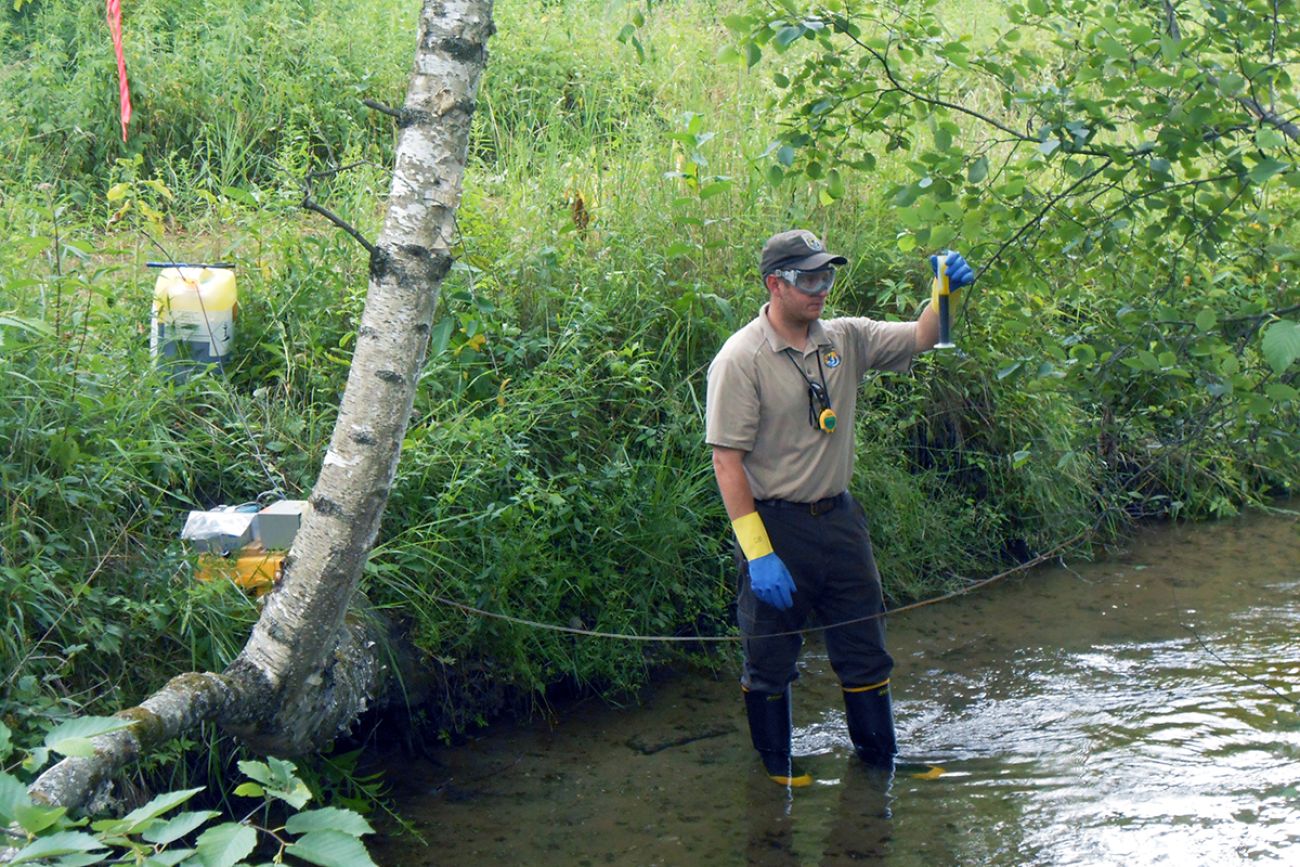
Sea lamprey crews check the concentration of lampricide chemicals in a Michigan watershed. (Jill Wingfield from Great Lakes Fishery Commission)
By Ashley Zhou, Bridge Michigan – May 11, 2023
Residents surrounding the failed Midland dams have already endured widespread property damage, the loss of two prized recreational reservoirs and mounting costs to rebuild.
Now, they have to worry about blood-sucking invasive species.
Without downstream dams to prevent invasive sea lamprey from migrating up the Tittabawassee and Tobacco River watersheds, the eel-like parasitic fish have spread upstream of the former impoundments, where they threaten local fish populations.
But the good news is, there’s a promised solution.
The U.S. Fish and Wildlife Service (USFWS) is contracting with Great Lakes Fishery Commission (GLFC) to dose rivers with a chemical that kills invasive lamprey larvae while leaving most native fish unharmed.
Work crews will be wading, boating or standing streamside at four locations upstream of the breached Midland dams this week, pumping a tightly-controlled stream of the chemical 3-trifluoromethyl-4-nitrophenol (TFM) into the water.
Residents can wade and fish as normal during the treatment, unless the water has a green or yellow hue that would indicate concentrated TFM.
The lamprey invasion is a relatively minor headache in comparison to other damage wrought by the Midland dam failures three years ago this month, which caused $200 million in property damage and forced more than 10,000 people to evacuate.
Water backed up behind the Edenville dam during a massive rainstorm, then burst through its earthen embankment. That sent torrents of water downstream, triggering a second failure at the Sanford Dam.
Investigators would later conclude the catastrophe was “foreseeable and preventable,” if only anyone responsible for the dams had done more to ensure their safety.
Federal regulators knew for decades that the Edenville Dam’s spillways were not big enough to pass a major flood. But a stream of successive owners was able to avoid fixing the problem, thanks to a broken regulatory system that is often powerless to keep America’s aging dams safe.
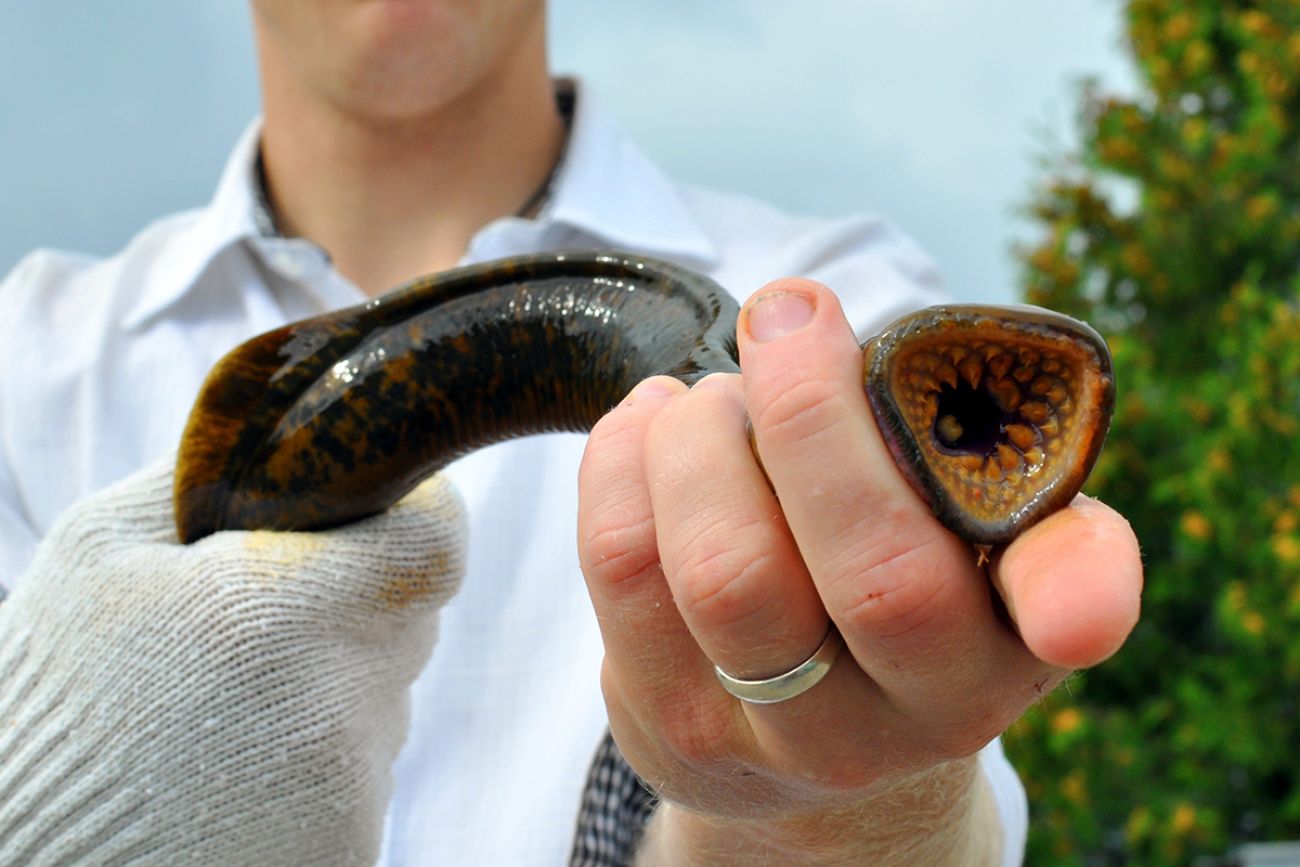
Adult lamprey develop circular ring-shaped mouths, which they use to suck the blood from native fish. (Andrea Miehls from Great Lakes Fishery Commission)
Suction mouths and ringed teeth
Native to the Atlantic Ocean, sea lamprey were able to access the Great Lakes as early as the 1830s, when humans opened the door for invasion by digging out canals to ease ship travel from the East Coast. They were first spotted in Lake Erie in 1921.
Though harmless in their first years of life, sea lamprey transform into eel-like fish with circular suction mouths and ringed sharp teeth. They migrate into lakes in search of prey, attaching themselves to the bodies of fish like salmon and trout. Then, they use their drill-like tongues to bore through fish scales and flesh, sucking out blood and bodily fluids, leaving them dead or too weak to lay eggs or mate.
An adult sea lamprey, which typically weighs less than a pound, can kill up to 40 pounds of fish in a single year. That poses a major threat to Michigan’s native fish populations, said Marc Gaden, deputy executive secretary of the GLFC.
During the mid-1930s, commercial fishers began discovering heavily scarred and dead fish in nets from sea lamprey. By the 1950s, the Great Lakes ecosystem and fishing economy had collapsed in part due to the lamprey scourge. Desperate for a solution, Michigan scientists experimented with thousands of pesticides before discovering TFM as a solution in 1957.
Widespread use of the chemical began in the early 1960s and has driven lamprey populations down by 90% since the mid-1990s, said Jess Barber, a field supervisor for sea lamprey control with USFWS.
But while proponents of lampricide tout its ability to destroy lamprey without harming desired fish, not everybody loves the practice.
Jake Krueger, a frequent angler in the Tittabawassee River, which flows through Midland, said he witnessed a fish kill during a lampricide treatment in 2020 at the Tippy Dam in the Manistee River.
“The whole river turned Mountain Dew green from the lampricide,” Krueger said. “Five minutes later, all the residential fish just come floating down dead.”
Lampricide can also endanger lake sturgeon, which lay their eggs in the same spawning habitat as lampreys. To protect native sturgeon from lampricide, government and tribal groups collect juvenile sturgeon from streams before lampricide treatments, only returning them after the chemicals have fully diluted in the water.
Though crews ration lampricide and carefully time their treatments in an effort to avoid harming other species, said Jenna Tews, Ludington Biological Station supervisor for the U.S. Fish and Wildlife Service, “non-target mortality” is still sometimes a possibility.
“For anglers that travel specifically far and wide to fish on some of these northern Michigan streams, especially during the salmon season, it is certainly a point of contention: where we’re ruining their fishing or their fishing time,” Tews said.
She said risks are higher at the base of dams, where both lamprey larvae and salmon congregate. Crews need to apply lampricide there to kill the larvae, but because it takes time to dilute, nearby salmon are exposed to higher doses.
Government agencies use lampricide at about 200 sites across Michigan each year while lamprey are still in their larval stage. It’s not a permanent solution, so crews must return every few years to reapply the chemicals, or the lamprey will rebound.
“They measure out the dose of the lampricide with incredible precision to treat just a little bit above what is needed to kill the lamprey, and nothing more,” Gaden said.
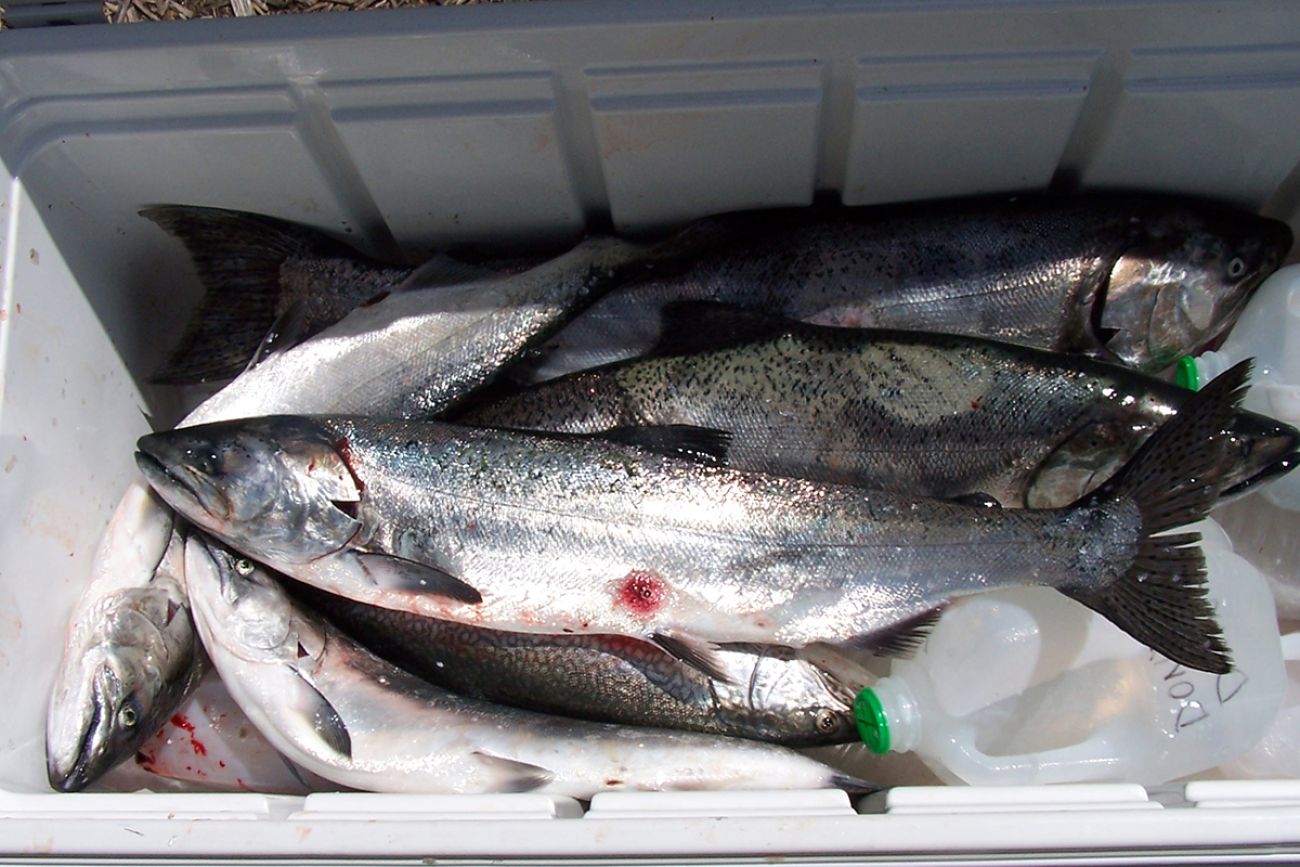
Sea lampreys are a parasitic invasive species, feeding on Michigan’s native fish and leaving red circular wounds in their flesh. (Marc Gaden from Great Lakes Fishery Commission)
A welcomed weapon
Gladwin County Commissioner Tami O’Donnell said she welcomes the new effort in the areas upstream of the Midland dams, which she represents. So far, O’Donnell said, local anglers haven’t complained much about the new invasive species in the river. Lampricide treatments are intended to keep it that way.
“We have to put our support in the people that know more than what we know,” O’Donnell said.
If anglers discover sea lamprey, Barber said they should kill them unless they appear to have been tagged by researchers.
Though the treatments are great at knocking back lamprey populations, Gaden said, they can’t eradicate the species. A few lampreys are bound to survive and gradually repopulate rivers.
Until the dams are rebuilt, that is.
Work is underway to rebuild the Midland dams, with help from hundreds of millions of taxpayer dollars. Though construction has not yet begun and could take years, Tews said no lampricide reapplication will be necessary once the dams are again blocking up the rivers from this uninvited guest.

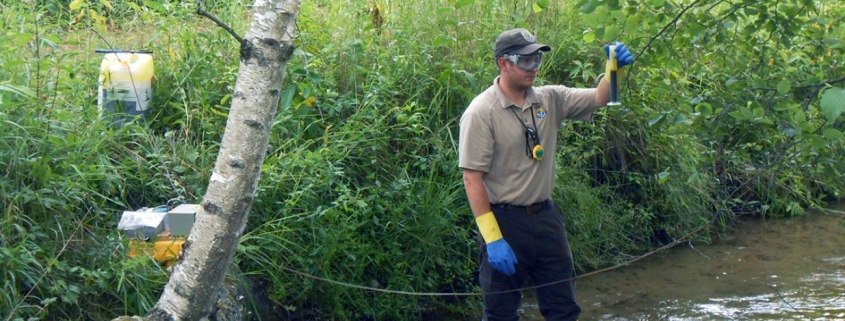

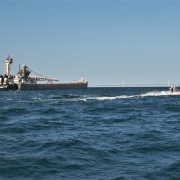
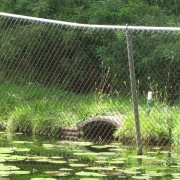
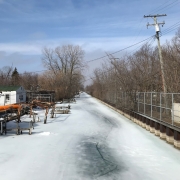

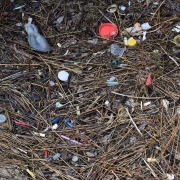

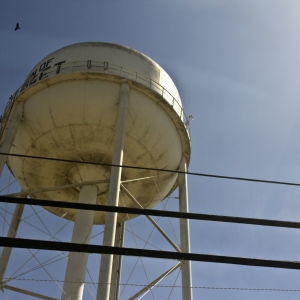

Leave a Reply
Want to join the discussion?Feel free to contribute!